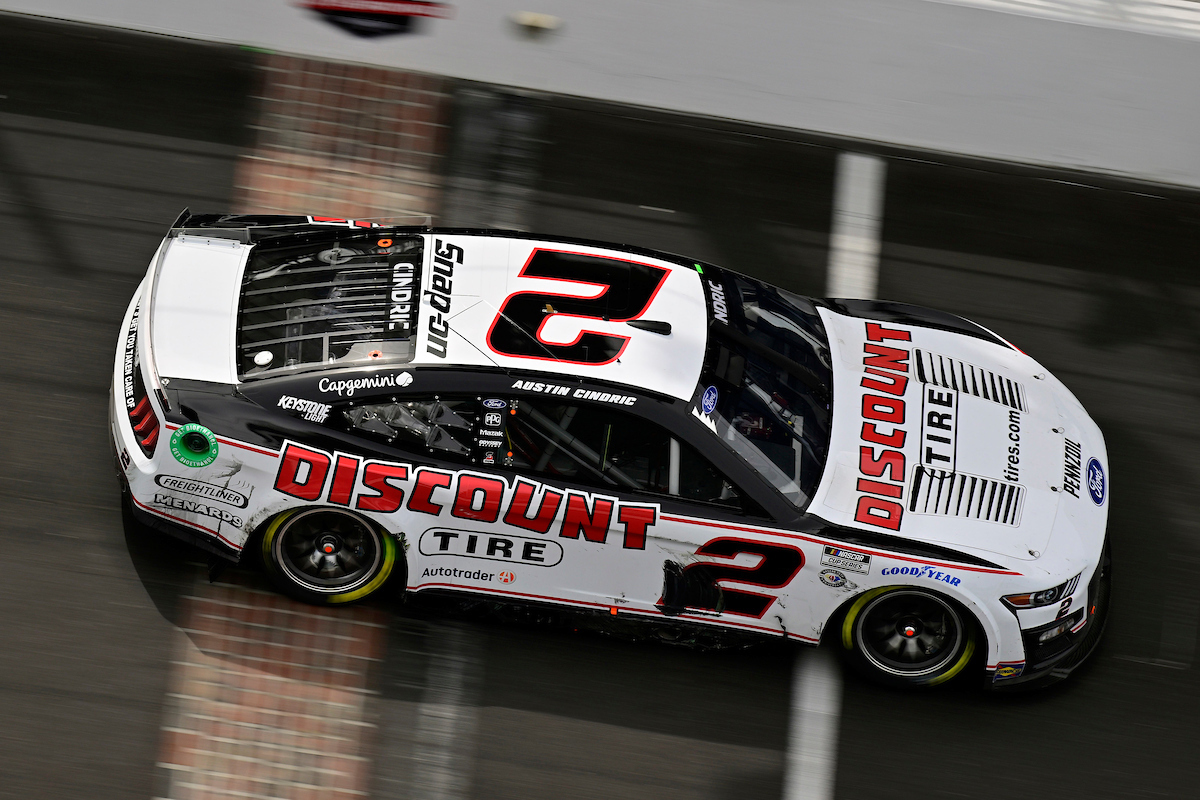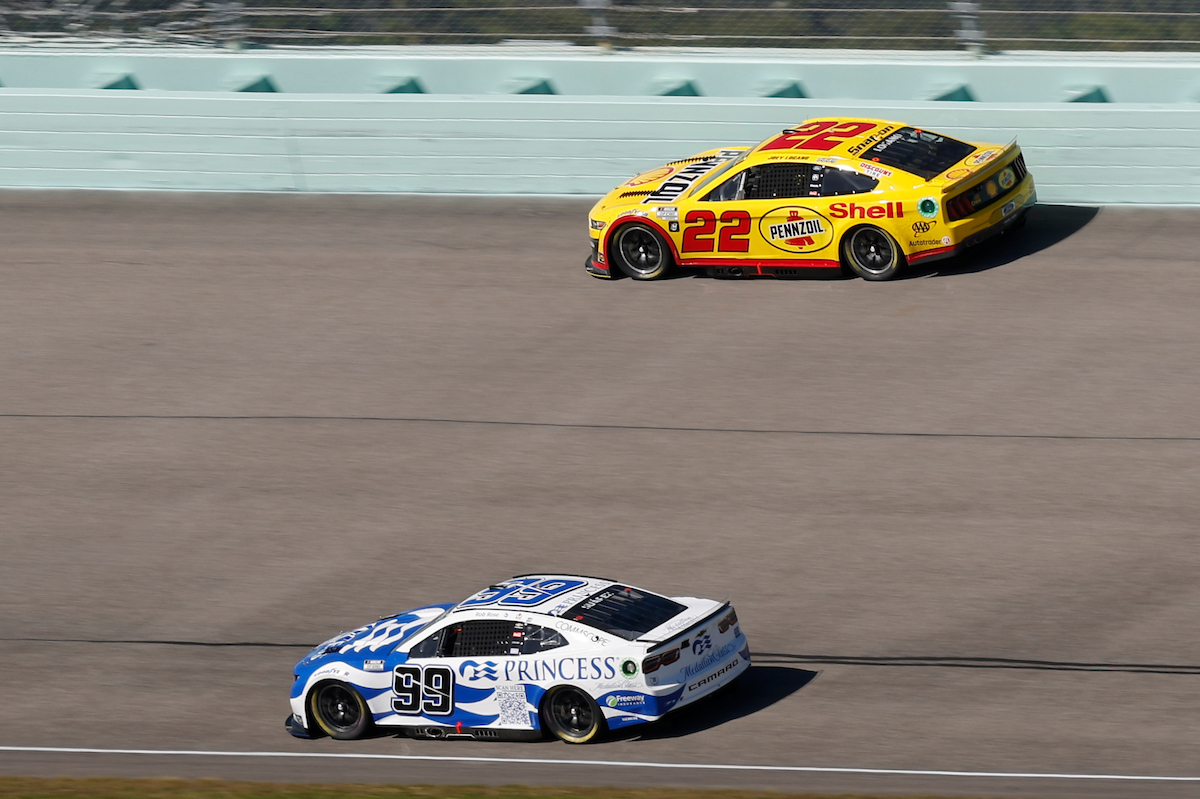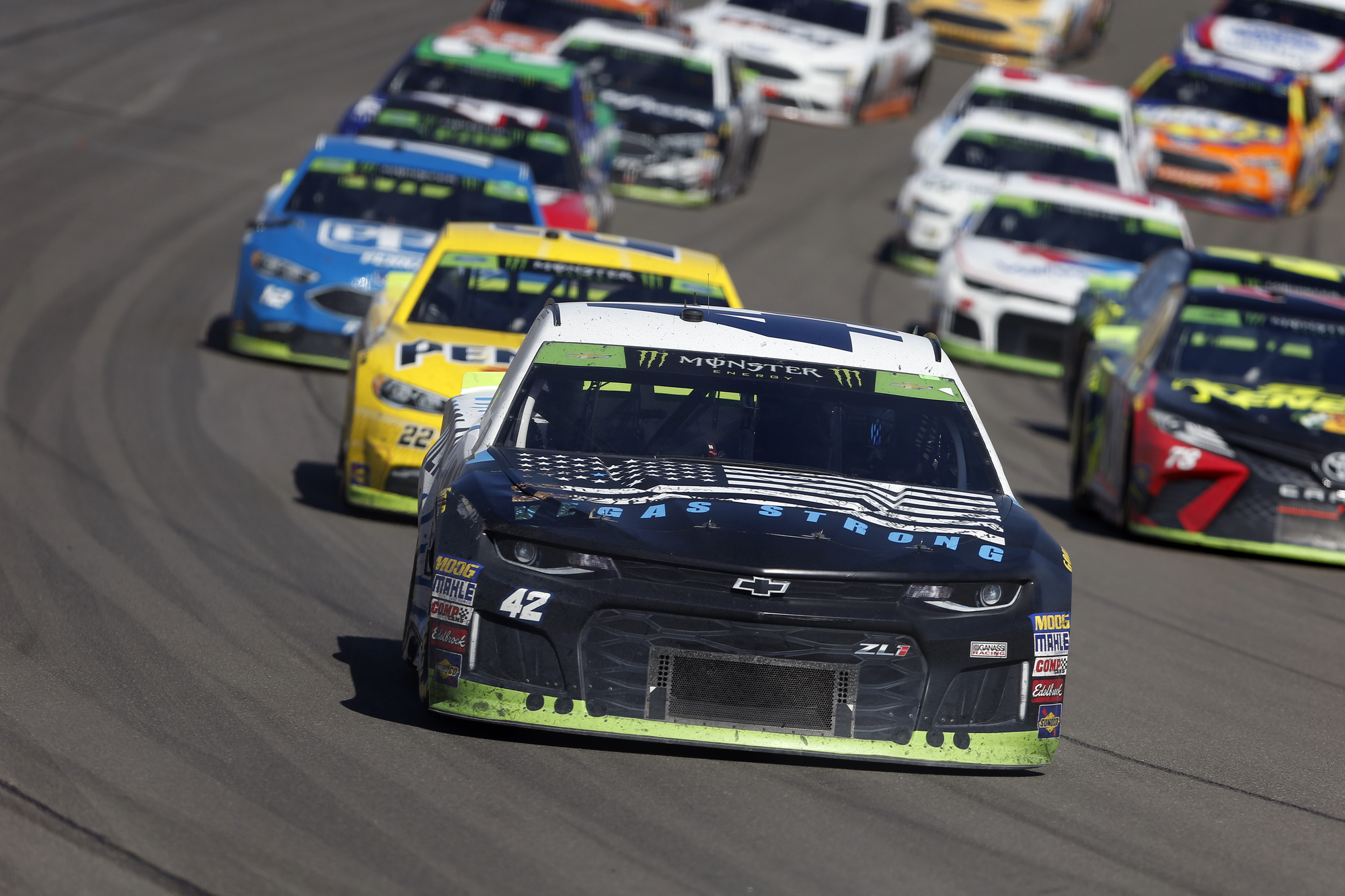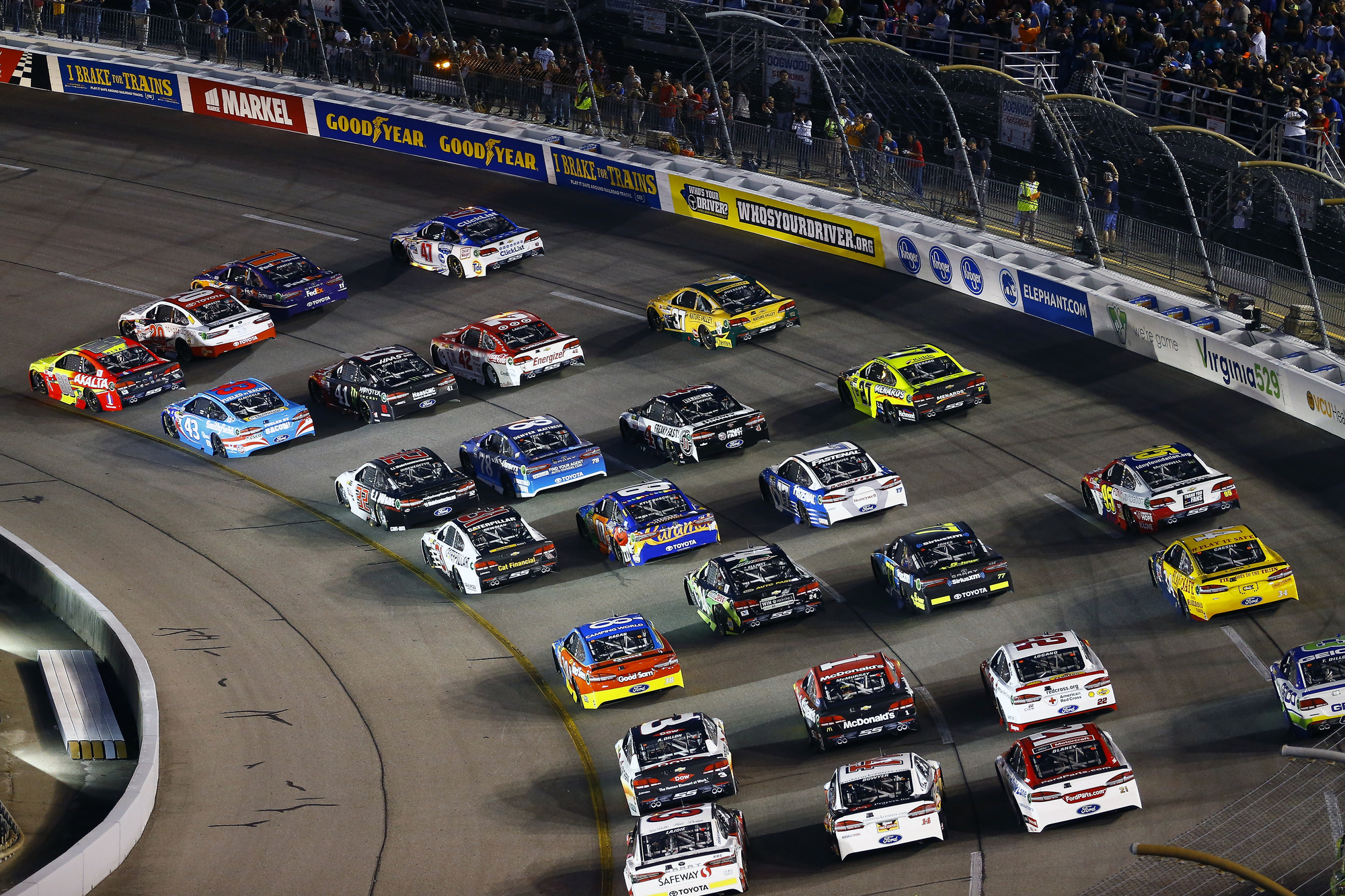Why don’t NASCARs have airbags?
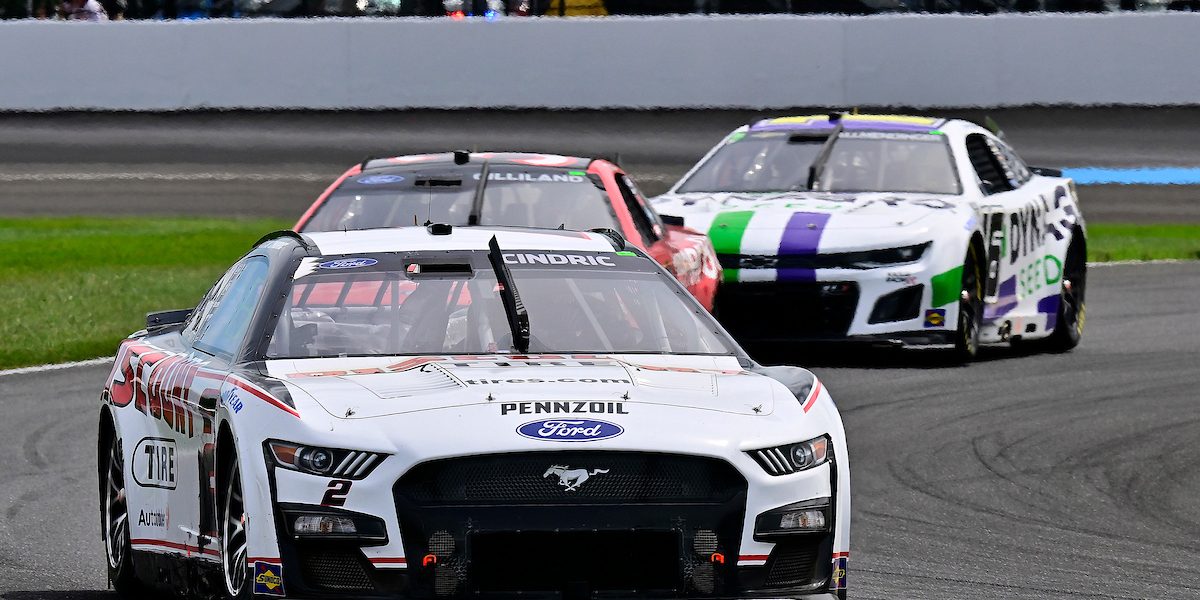
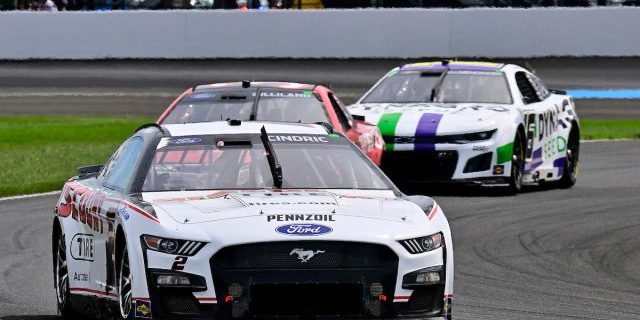
You’ve probably watched a NASCAR race and wondered, “Why don’t these cars have airbags?” It’s a common question that crosses the minds of both fans and newcomers alike.
Simply put, NASCAR vehicles are engineered for safety, but airbags are not part of the equation because they could do more harm than good in a high-speed racing environment.
Table of Contents
In This Article
In this article, we’ll delve into why NASCARs are designed without airbags, what safety measures are in place instead, and how this absence contributes to the overall safety strategy in motor racing.
A Detailed Explanation of Why NASCARs Don’t Have Airbags
The Nature of Racing and Airbag Deployment
Firstly, it’s crucial to understand that the nature of NASCAR racing is different from regular driving on the road. NASCAR vehicles often collide or bump into each other at high speeds, which, in a regular car, would trigger the airbags. However, in a racing scenario, airbag deployment could obstruct the driver’s view and control, putting them in a more dangerous situation than they were before.
High-Impact Safety Measures in Place
Instead of airbags, NASCAR employs a myriad of other safety measures designed to protect the driver in the event of a high-impact crash. These include roll cages, HANS devices (Head and Neck Support), five-point harness seat belts, and specialized racing seats designed to absorb impact. These mechanisms are rigorously tested and are more suitable for the extreme conditions faced during a race.
Airbags and Potential Hazards
Airbags are engineered for street cars, where they help to cushion occupants from the impact of crashes occurring at lower speeds. But in a NASCAR vehicle traveling at speeds of up to 200 miles per hour, the rapid inflation of an airbag could result in injuries due to the forces exerted. This makes them unsuitable and potentially hazardous in a racing environment.
The Role of Driver Training
It’s also worth noting that NASCAR drivers undergo intense training to handle crashes and emergency situations. This prepares them to react effectively in dangerous scenarios where an airbag would otherwise deploy in a street car.
Here’s everything else you need to know about NASCAR safety measures and how they differ from regular vehicles.
What Safety Measures Are in Place Instead?
The Roll Cage: A Fortress on Wheels
A roll cage is essentially a framework built into the NASCAR vehicle to protect the driver from impacts and rollovers. Made from robust materials like high-strength steel, it forms a protective barrier around the driver. This design feature is meticulously engineered to distribute the forces exerted during a crash, minimizing direct impact on the driver.
HANS Device: Protecting the Neck and Spine
The Head and Neck Support device, commonly known as the HANS device, is a crucial safety measure. This U-shaped device is worn around the driver’s neck and attached to the helmet. In the event of a collision, the HANS device restricts head movement, reducing the risk of neck and spinal injuries, which are common concerns in high-speed crashes.
Harness Seat Belts: Holding the Driver Securely
The five-point harness seat belt system used in NASCAR is much more complex than the simple seat belts found in everyday vehicles. These harnesses secure the driver at five different points around the body, ensuring that they remain as stationary as possible during a high-speed collision.
How Do NASCAR Safety Protocols Differ From Regular Cars?
Regulatory Guidelines
NASCAR vehicles must adhere to strict regulations and guidelines set by the governing body. Regular vehicles are also regulated, but the criteria are not as stringent or specialized as those for race cars. For example, while your regular car might pass a basic safety inspection, a NASCAR vehicle undergoes rigorous testing for a multitude of high-speed crash scenarios.
Tailored for Extreme Conditions
NASCAR safety measures are tailored to meet the extreme conditions of racing, which include not just high speeds but also the risk of multi-car pile-ups and severe mechanical failures. Ordinary cars don’t need to be prepared for such extreme conditions, which is why their safety mechanisms are often less robust.
Specialized Training Required
Unlike regular drivers, who can legally drive with minimal training, NASCAR drivers must complete rigorous programs that prepare them for the unique challenges they face on the track. This includes learning how to manage the car during a skid, how to react in a high-speed collision, and how to exit the vehicle rapidly in case of fire or other emergencies.
The Evolution of Safety Measures in NASCAR
From Seat Belts to Roll Cages
In the early days of NASCAR, the focus on safety wasn’t as intense as it is today. Back then, simple seat belts and rudimentary roll bars were the norm. However, the sport has evolved, and with it, the need for comprehensive safety measures has grown. Today, advanced roll cages, fire-suppressant systems, and multi-point harnesses are standard features.
Technological Advances: Data and Simulation
Modern NASCAR vehicles are equipped with an array of sensors and data collection systems. This technology helps in understanding the dynamics of crashes, which in turn aids engineers in developing even safer cars. Simulations are often run to predict crash scenarios, helping to fine-tune safety features for optimum performance.
The Future of Safety in NASCAR
As technology progresses, so will the safety measures in NASCAR. The governing bodies are continually working on innovations such as more efficient fire-suppressant systems, even stronger materials for roll cages, and better-designed helmets and suits for drivers. There is an ongoing commitment to making the sport as safe as possible without compromising the excitement that fans love.
Why don’t NASCARs have airbags? – Final Thoughts
By now, you should have a comprehensive understanding of why NASCAR vehicles are designed without airbags. Instead of relying on a feature that’s crucial for everyday cars but potentially hazardous in a racing environment, NASCAR employs a multi-faceted approach to driver safety. From roll cages to HANS devices, from specialized seat belts to rigorous driver training, NASCAR has a well-thought-out strategy to protect drivers at high speeds.
It’s not just about removing features; it’s about implementing the right ones. So the next time you find yourself puzzled by the absence of airbags in a NASCAR race, you’ll know it’s all part of a larger, carefully designed safety strategy. Stay curious and keep exploring the fascinating world of motor racing!
Why don’t NASCARs have airbags? – FAQ
1. Why don’t other racing sports have airbags?
Like NASCAR, other racing sports also prioritize specialized safety measures over airbags for similar reasons.
2. Do NASCAR vehicles have regular brakes?
NASCAR vehicles have specialized braking systems designed for high-speed deceleration, different from regular cars.
3. Are there any plans to introduce airbags in the future?
As of now, there are no plans to include airbags due to the potential risks and current effective safety measures in place.
4. How often are NASCAR safety measures updated?
Safety measures are continuously reviewed and updated to incorporate the latest technology and research findings.
5. What happens if a NASCAR vehicle catches fire?
NASCAR vehicles are equipped with fire-suppressant systems, and drivers undergo training on how to quickly exit the car in case of fire.







